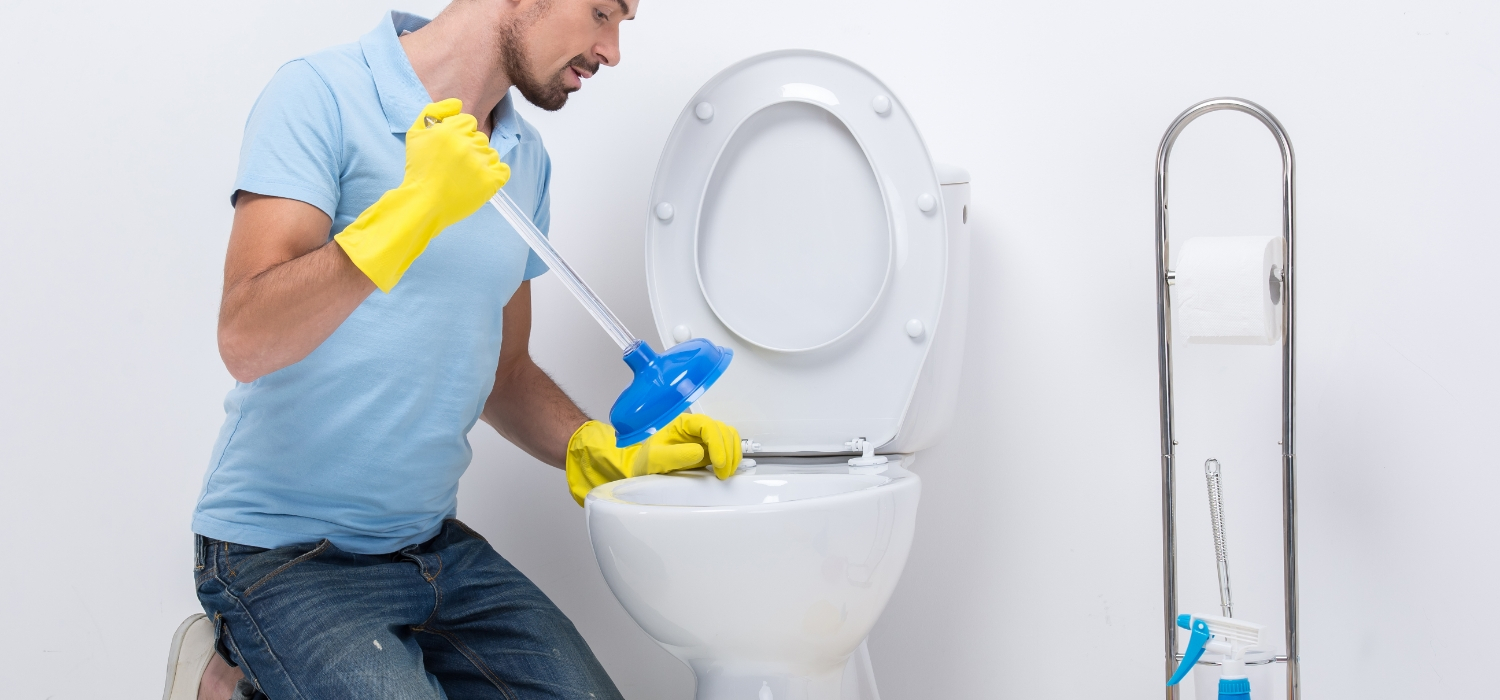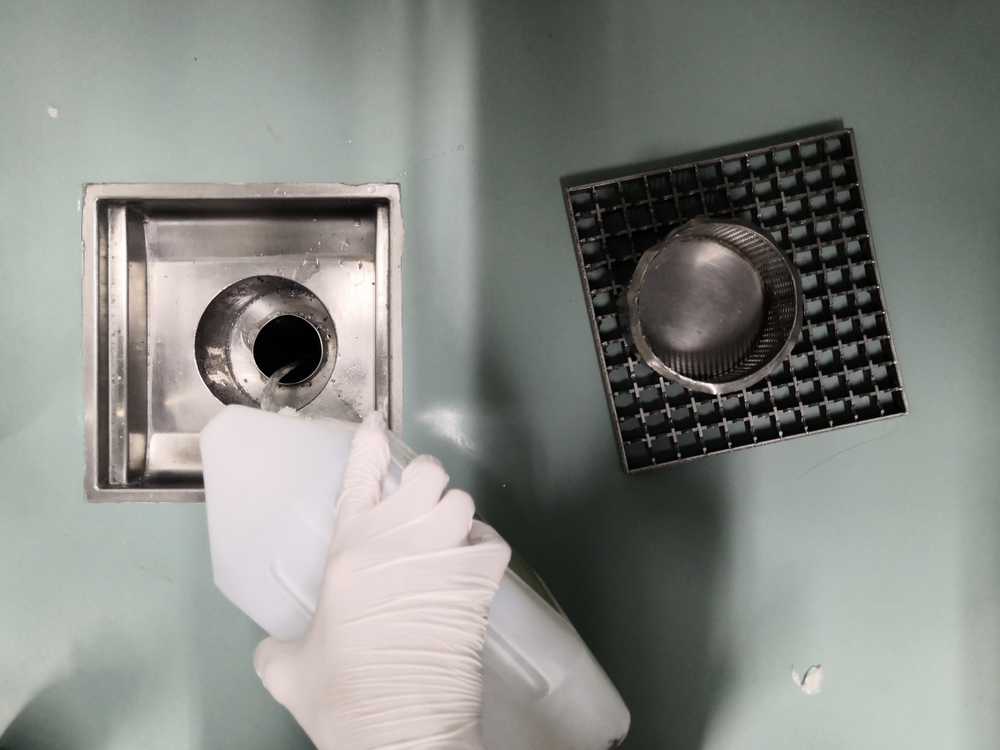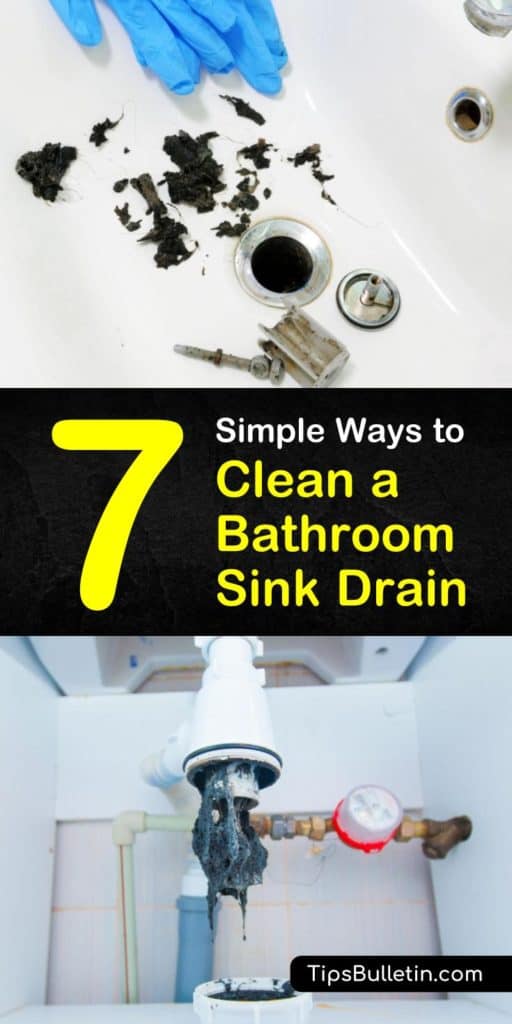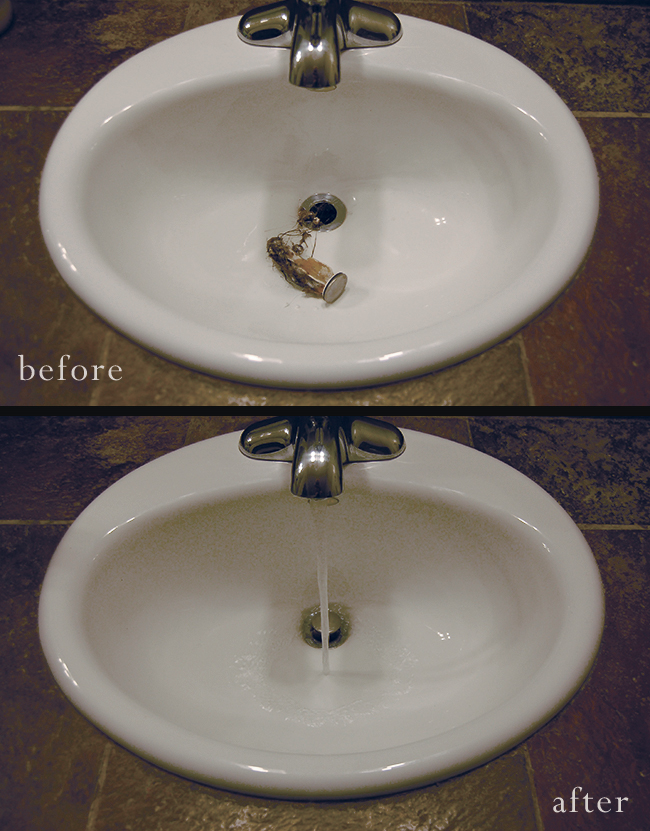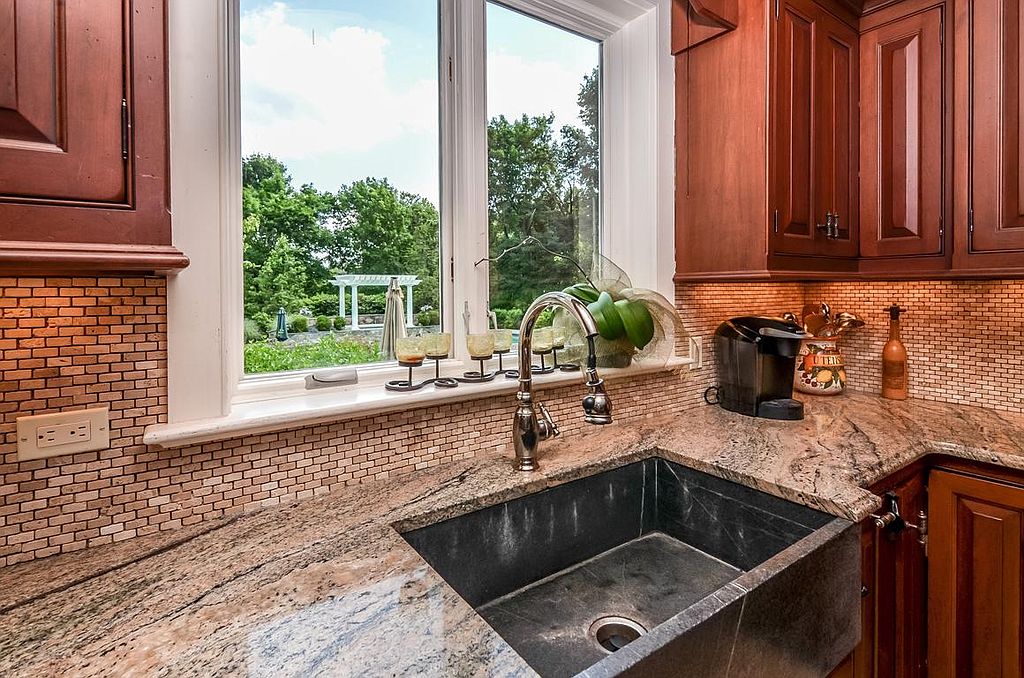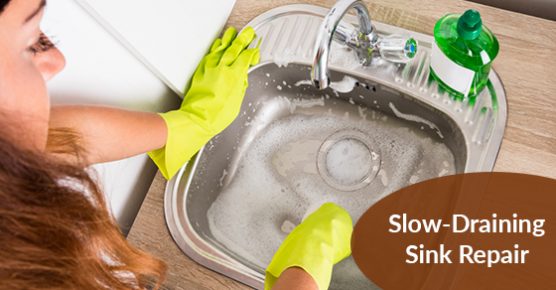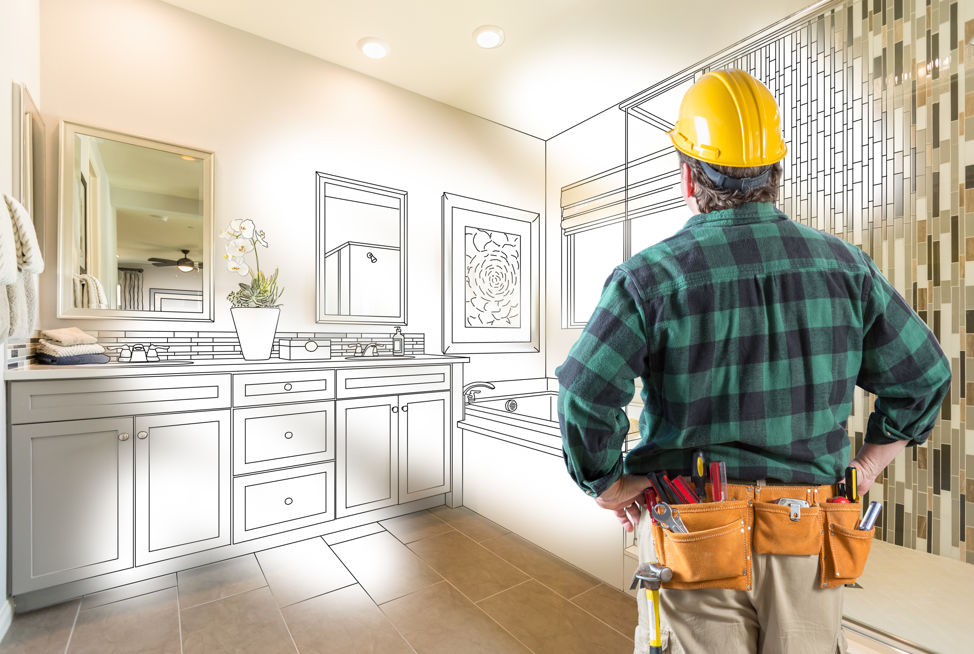Unclog a Slow Draining Bathroom Sink
If you've ever brushed your teeth or washed your face in a slow draining bathroom sink, you know how frustrating it can be. Not only does it leave standing water, but it also creates an unpleasant odor and makes it difficult to use the sink for everyday tasks. Fortunately, there are several simple and effective solutions for unclogging a slow draining bathroom sink. Follow these tips and tricks to get your sink running smoothly again.
How to Fix a Slow Draining Bathroom Sink
The first step in fixing a slow draining bathroom sink is to identify the cause of the clog. In most cases, the culprit is a buildup of hair, soap scum, and other debris in the drain pipe. This can be easily removed with a few household items and some elbow grease.
DIY Solutions for a Slow Draining Bathroom Sink
One of the most popular and effective DIY solutions for a slow draining bathroom sink is a mixture of baking soda and vinegar. Simply pour half a cup of baking soda down the drain, followed by half a cup of vinegar. Let it sit for about 30 minutes, then pour boiling water down the drain to flush out the mixture and any loosened debris.
Clearing a Clogged Bathroom Sink
If the DIY solution does not work, you may need to physically remove the clog. Start by using a plunger to create suction and dislodge the blockage. If that doesn't work, try using a drain snake to manually remove the buildup from the drain pipe.
Simple Tricks to Unclog a Slow Draining Bathroom Sink
If you don't have any baking soda or vinegar on hand, there are a few other simple tricks you can try to unclog your slow draining bathroom sink. One option is to use a mixture of salt and boiling water. Pour half a cup of salt down the drain, followed by boiling water. This can help dissolve and dislodge any stubborn clogs.
Unclogging a Bathroom Sink with Baking Soda and Vinegar
The baking soda and vinegar method is not only effective for unclogging a slow draining bathroom sink, but it's also a natural and environmentally friendly option. The chemical reaction between the two ingredients creates a foaming action that helps break down and remove buildup in the drain pipe.
Using a Plunger to Unclog a Slow Draining Bathroom Sink
A plunger is a handy tool to have for any clogged drain, including a slow draining bathroom sink. To use a plunger, place it over the drain and push down to create suction. Then, pull up quickly to dislodge the clog. Repeat this motion a few times until the water starts to drain more quickly.
Chemical Drain Cleaners for a Slow Draining Bathroom Sink
If all else fails, you may need to resort to using a chemical drain cleaner to unclog your slow draining bathroom sink. These products contain powerful chemicals that can dissolve and remove stubborn clogs. However, they can also be harmful to your pipes and the environment, so use them sparingly and follow the instructions carefully.
Preventing a Slow Draining Bathroom Sink
The best way to deal with a slow draining bathroom sink is to prevent it from happening in the first place. This means being mindful of what goes down the drain and regularly cleaning and maintaining it. Use a hair catcher in the drain to prevent hair from clogging the pipes, and avoid pouring grease or oil down the drain.
Professional Solutions for a Slow Draining Bathroom Sink
If you've tried all of these DIY methods and still can't unclog your slow draining bathroom sink, it may be time to call in a professional plumber. They have the tools and expertise to effectively clear even the toughest clogs in your drain pipes.
In conclusion, a slow draining bathroom sink is a common and frustrating problem, but it can be easily fixed with the right tools and techniques. Remember to be mindful of what goes down the drain and regularly maintain it to prevent future clogs. And if all else fails, don't hesitate to call in a professional for help. Say goodbye to standing water and unpleasant odors and hello to a smoothly running bathroom sink.
How to Unclog a Slow Draining Bathroom Sink
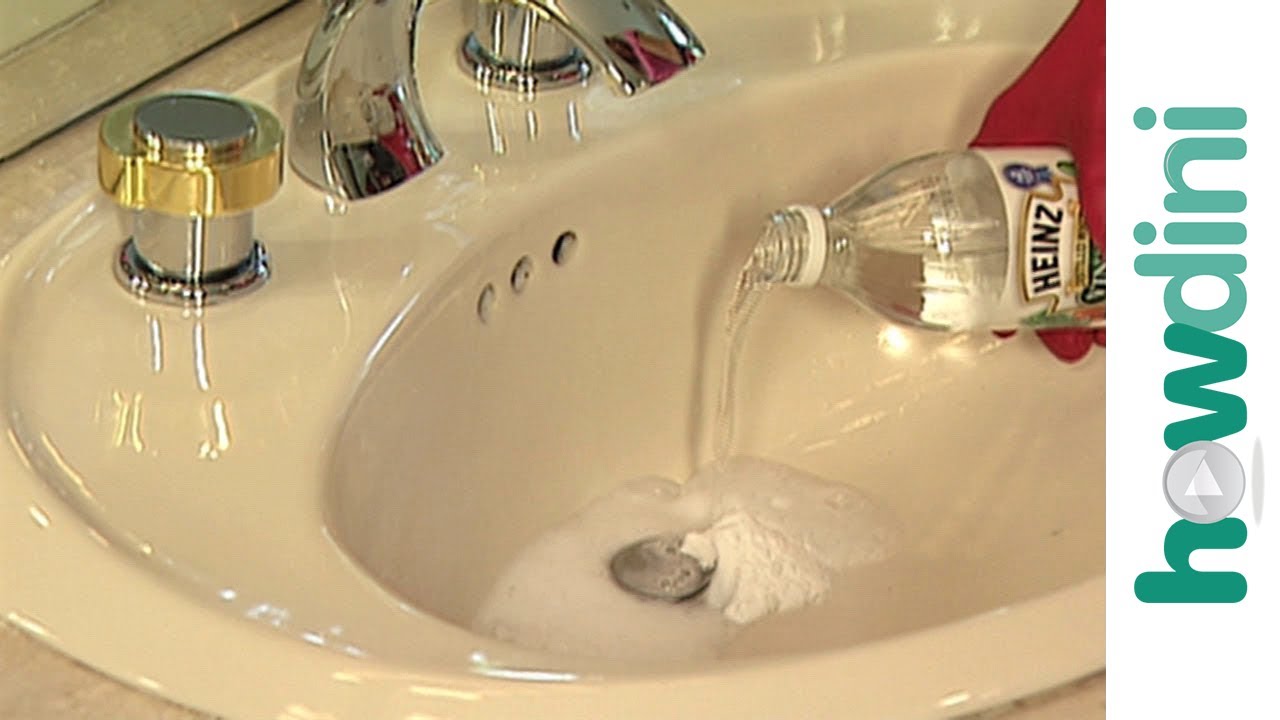
Dealing with a clogged bathroom sink can be a frustrating and inconvenient problem. Not only does it disrupt your daily routine, but it can also lead to unpleasant odors and potential water damage. If your bathroom sink is draining slowly, it's important to address the issue as soon as possible to prevent it from getting worse. Here's how you can unclog your slow draining bathroom sink and get it back to working efficiently.

1. Identify the Cause
 The first step in
unclogging
your bathroom sink is to determine what is causing the issue. Often, the culprit is a buildup of hair, soap scum, and other debris in the drain. However, it could also be a more severe problem, such as a blockage in the plumbing pipes.
Inspect
the sink and drain thoroughly to get a better idea of what may be causing the slow draining.
The first step in
unclogging
your bathroom sink is to determine what is causing the issue. Often, the culprit is a buildup of hair, soap scum, and other debris in the drain. However, it could also be a more severe problem, such as a blockage in the plumbing pipes.
Inspect
the sink and drain thoroughly to get a better idea of what may be causing the slow draining.
2. Use a Plunger
 If the cause of the clog is a buildup of debris in the drain, a plunger can be an effective tool to
remove
it. Make sure to
cover
the overflow hole with a wet cloth or duct tape to create a seal. Then,
place
the plunger over the drain and push down and pull up rapidly. The suction created can help dislodge the clog and allow for better drainage.
If the cause of the clog is a buildup of debris in the drain, a plunger can be an effective tool to
remove
it. Make sure to
cover
the overflow hole with a wet cloth or duct tape to create a seal. Then,
place
the plunger over the drain and push down and pull up rapidly. The suction created can help dislodge the clog and allow for better drainage.
3. Try a Natural Solution
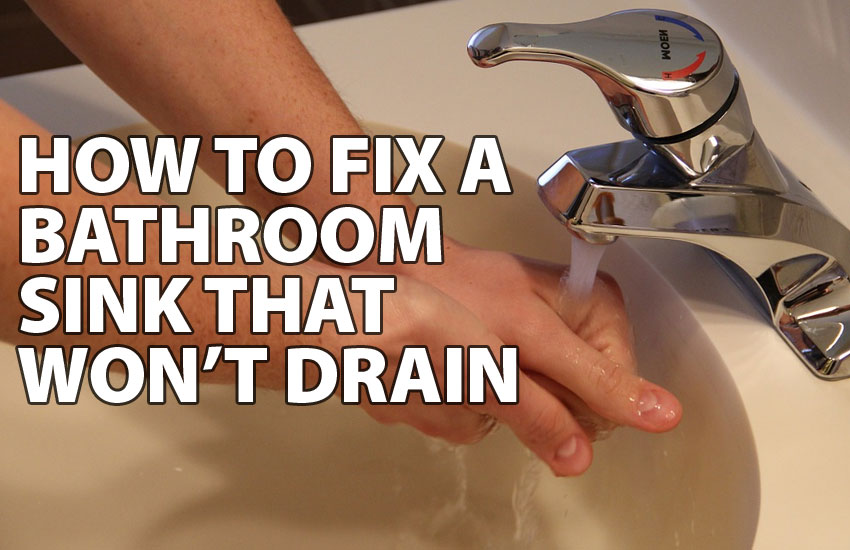 For a
chemical-free
approach, you can try using a mixture of baking soda and vinegar to
dissolve
the clog.
Pour
half a cup of baking soda down the drain, followed by half a cup of vinegar.
Cover
the drain with a wet cloth and let it sit for 15-20 minutes. Then,
flush
the drain with hot water to see if the clog has cleared.
For a
chemical-free
approach, you can try using a mixture of baking soda and vinegar to
dissolve
the clog.
Pour
half a cup of baking soda down the drain, followed by half a cup of vinegar.
Cover
the drain with a wet cloth and let it sit for 15-20 minutes. Then,
flush
the drain with hot water to see if the clog has cleared.
4. Use a Drain Snake
:max_bytes(150000):strip_icc()/freshen-and-unclog-drain-with-baking-soda-1900466-22-bbf940b70afa4d5abef0c54da23b1d3f.jpg) For more stubborn clogs, a drain snake can be a useful tool.
Insert
the snake into the drain and
maneuver
it through the pipes until you feel resistance. This is an indication that the snake has reached the clog.
Twist
and
push
the snake to break up the clog and then
pull
it out along with any debris.
For more stubborn clogs, a drain snake can be a useful tool.
Insert
the snake into the drain and
maneuver
it through the pipes until you feel resistance. This is an indication that the snake has reached the clog.
Twist
and
push
the snake to break up the clog and then
pull
it out along with any debris.
5. Call a Professional
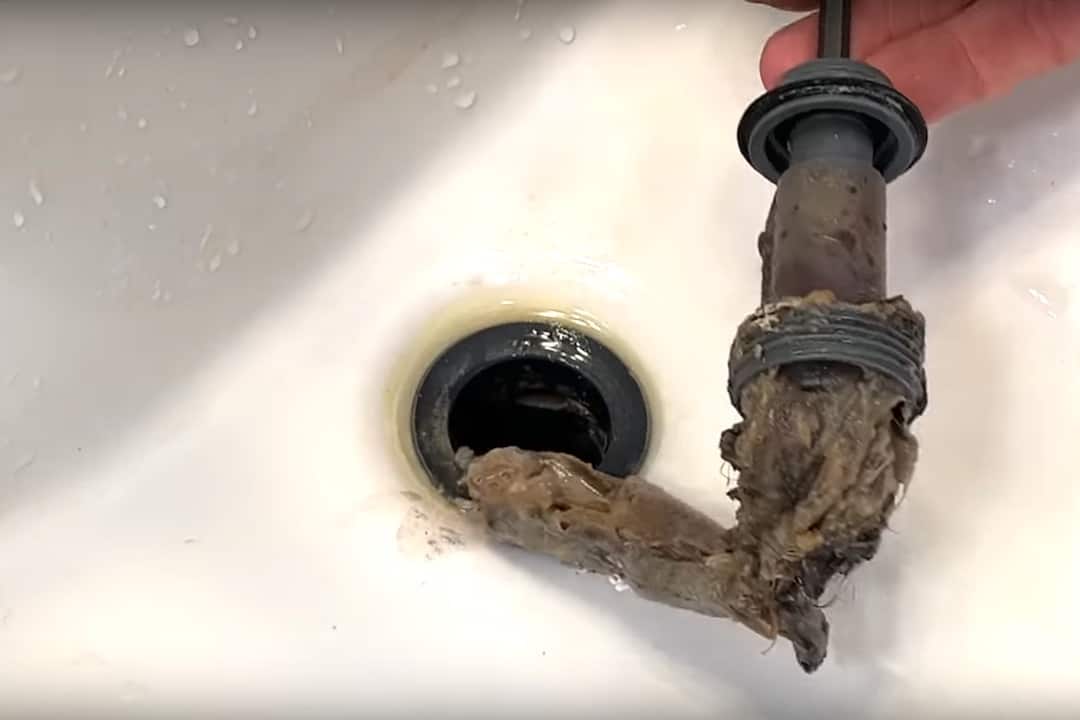 If none of the above methods work, it's best to
call
a professional plumber. They have the necessary tools and expertise to
identify
and
remove
more severe clogs without causing damage to your plumbing system.
If none of the above methods work, it's best to
call
a professional plumber. They have the necessary tools and expertise to
identify
and
remove
more severe clogs without causing damage to your plumbing system.
Preventing Future Clogs
 To
avoid
dealing with a slow draining bathroom sink in the future, there are a few steps you can take.
Install
a drain cover to catch hair and other debris, regularly
clean
the drain with a mixture of baking soda and vinegar, and
avoid
pouring grease and other substances down the drain.
To
avoid
dealing with a slow draining bathroom sink in the future, there are a few steps you can take.
Install
a drain cover to catch hair and other debris, regularly
clean
the drain with a mixture of baking soda and vinegar, and
avoid
pouring grease and other substances down the drain.
In Conclusion
 Dealing with a slow draining bathroom sink can be a frustrating and messy task, but with these tips, you can easily
unclog
it and get back to your daily routine. Remember to always be cautious and use proper safety measures when dealing with plumbing issues.
Dealing with a slow draining bathroom sink can be a frustrating and messy task, but with these tips, you can easily
unclog
it and get back to your daily routine. Remember to always be cautious and use proper safety measures when dealing with plumbing issues.












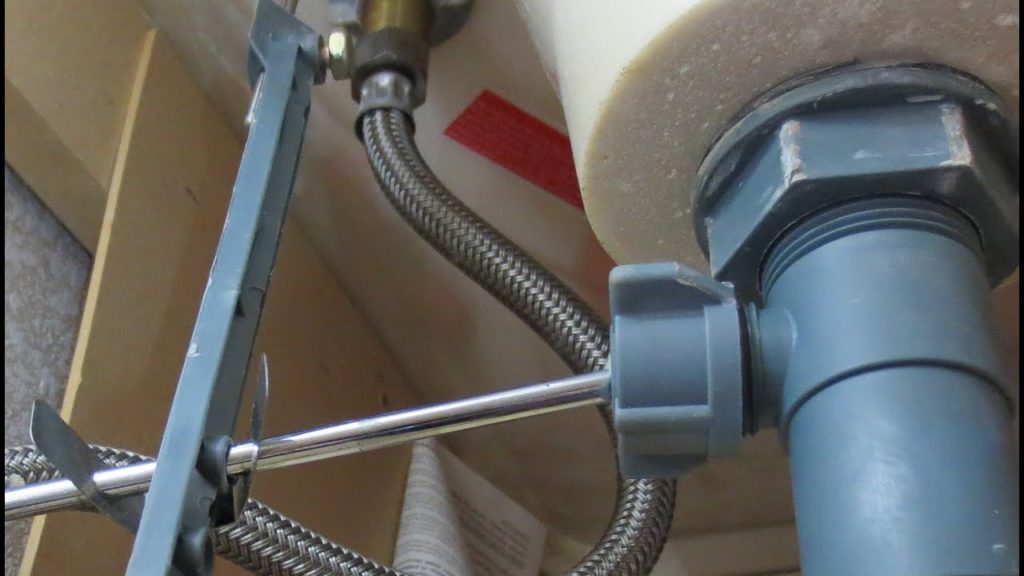







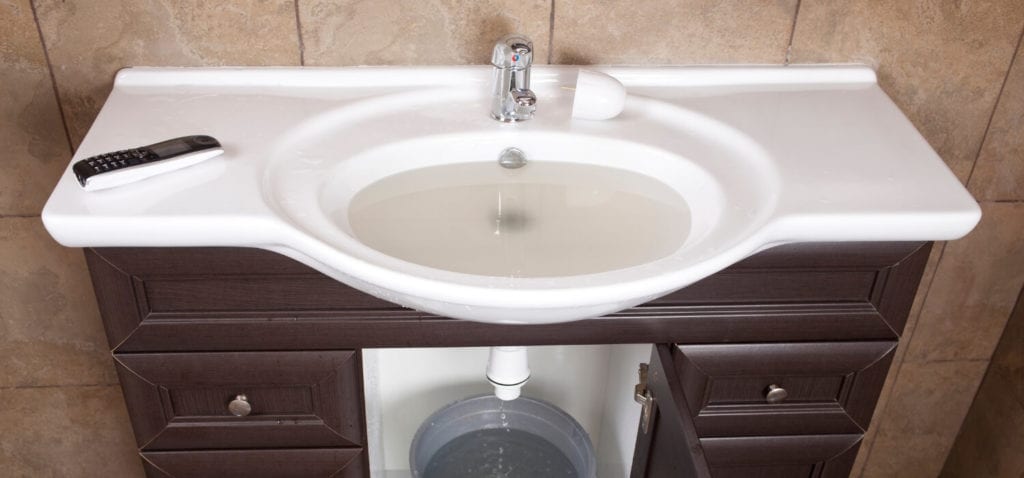
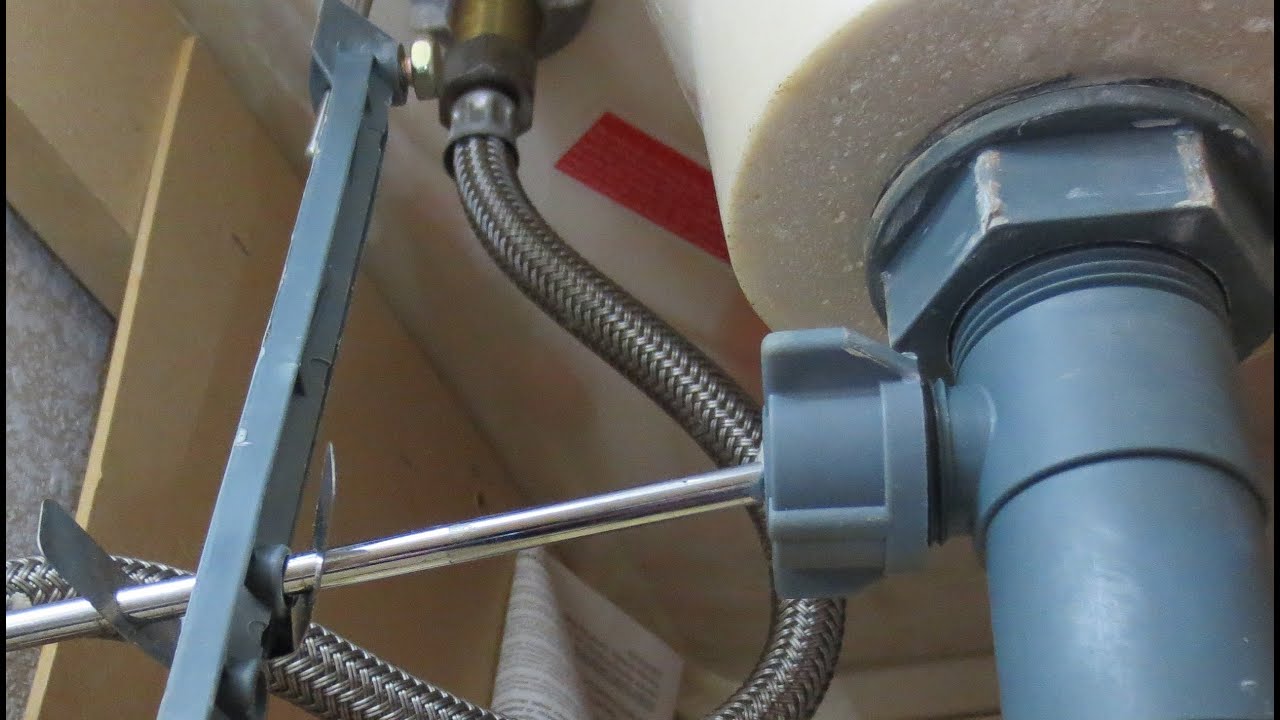



:max_bytes(150000):strip_icc()/Five-Ways-to-Fix-a-Slow-Sink-Drain-03-24c1f6dd477d46b9b5d1f70952a76933.jpg)

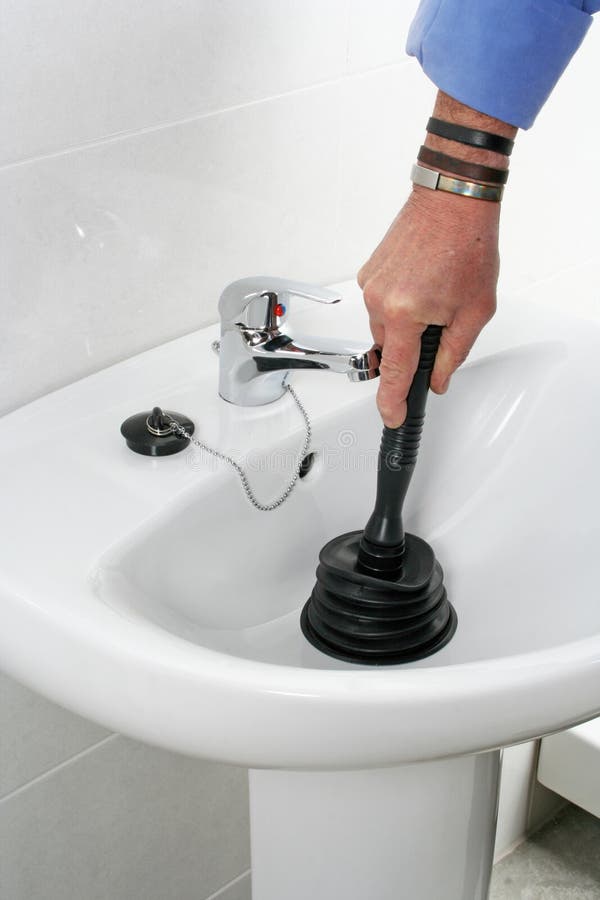



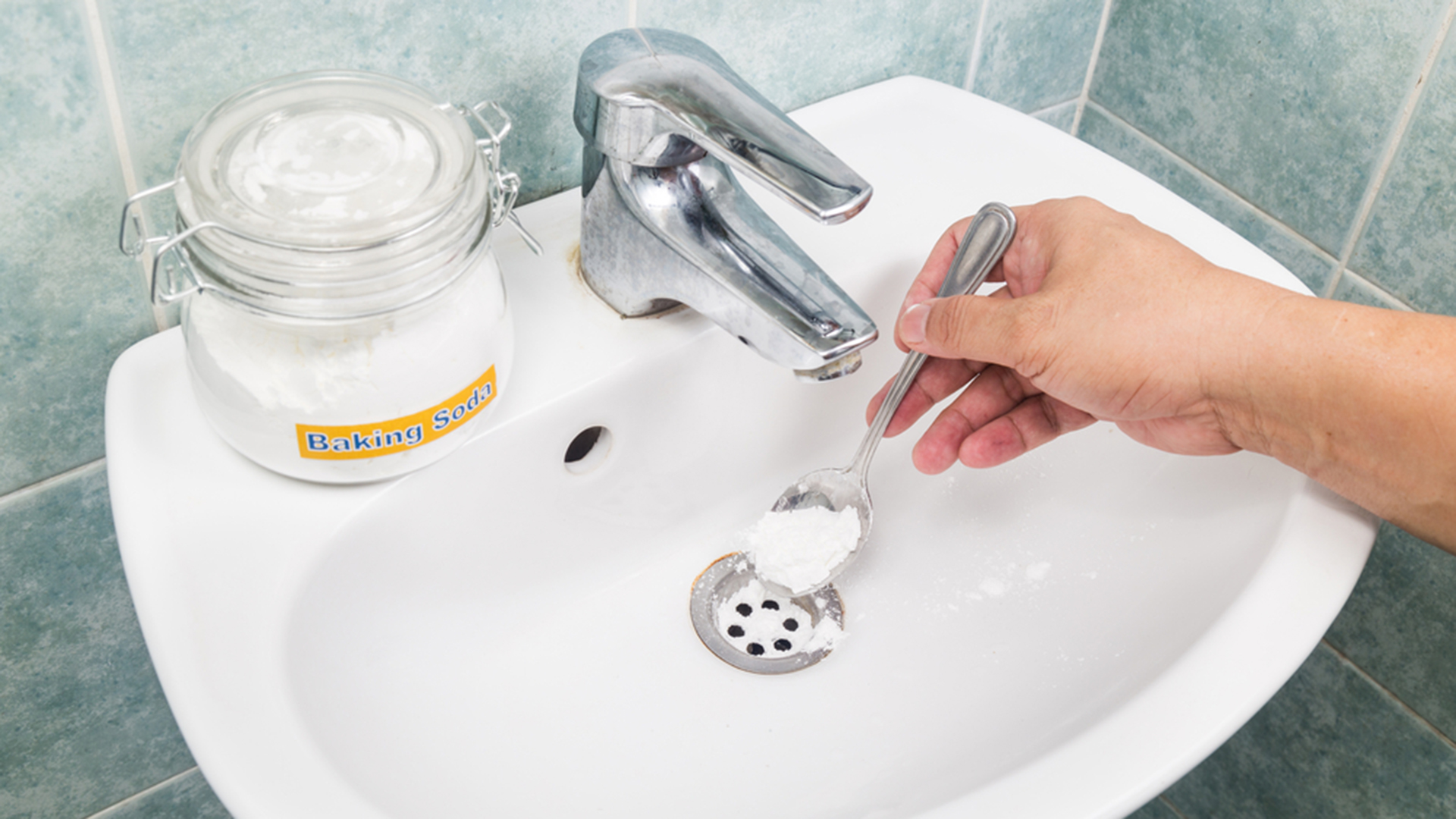





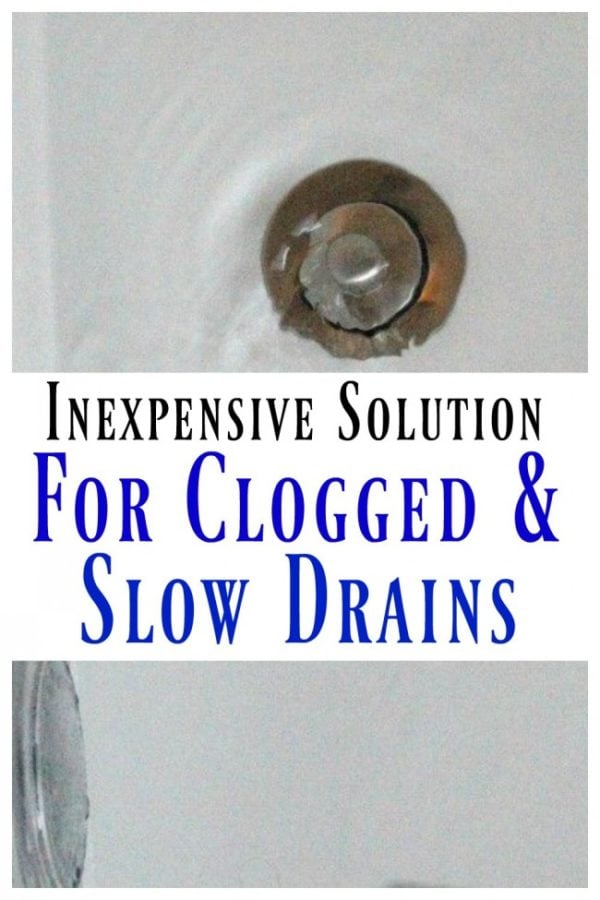

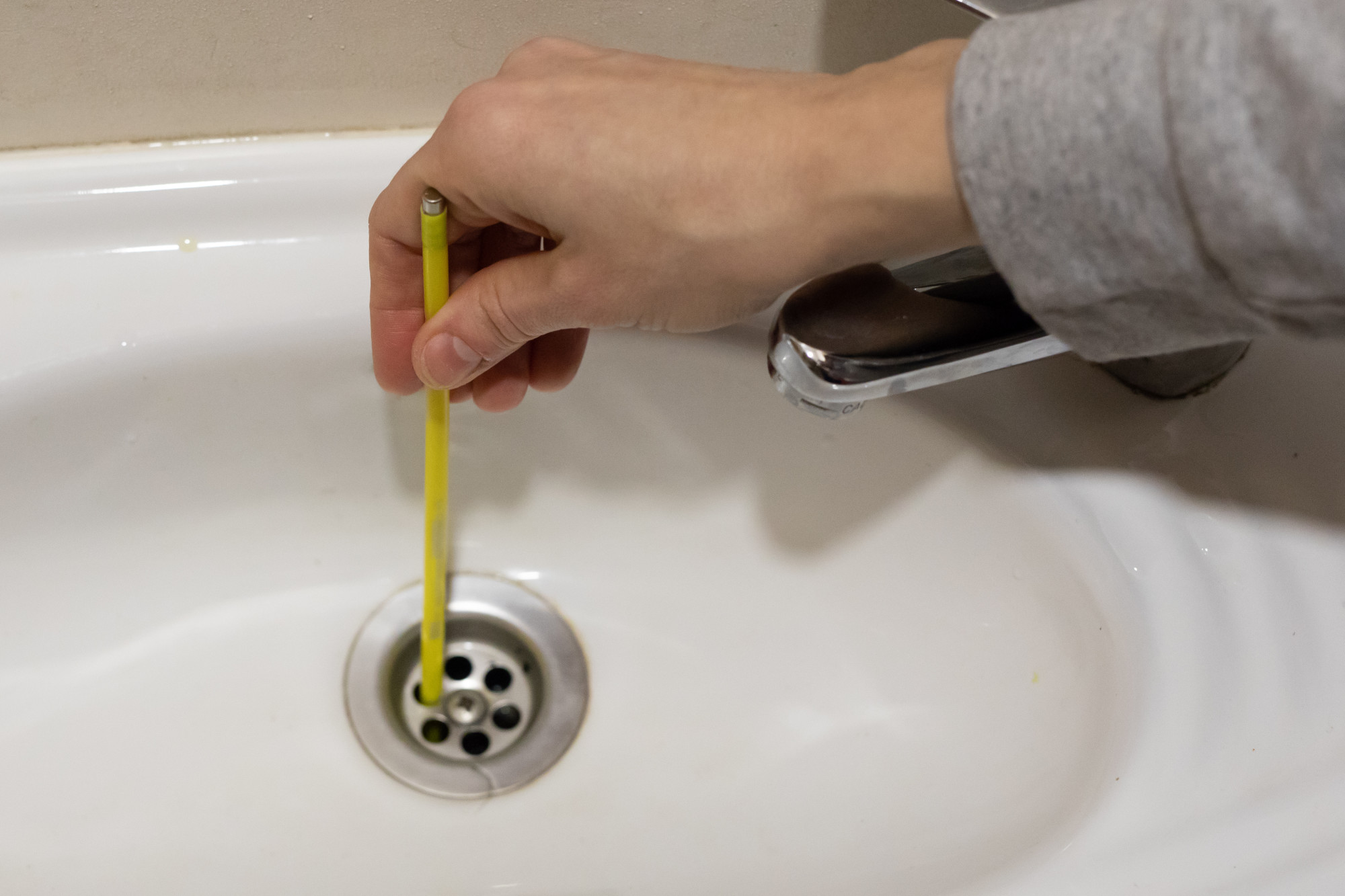







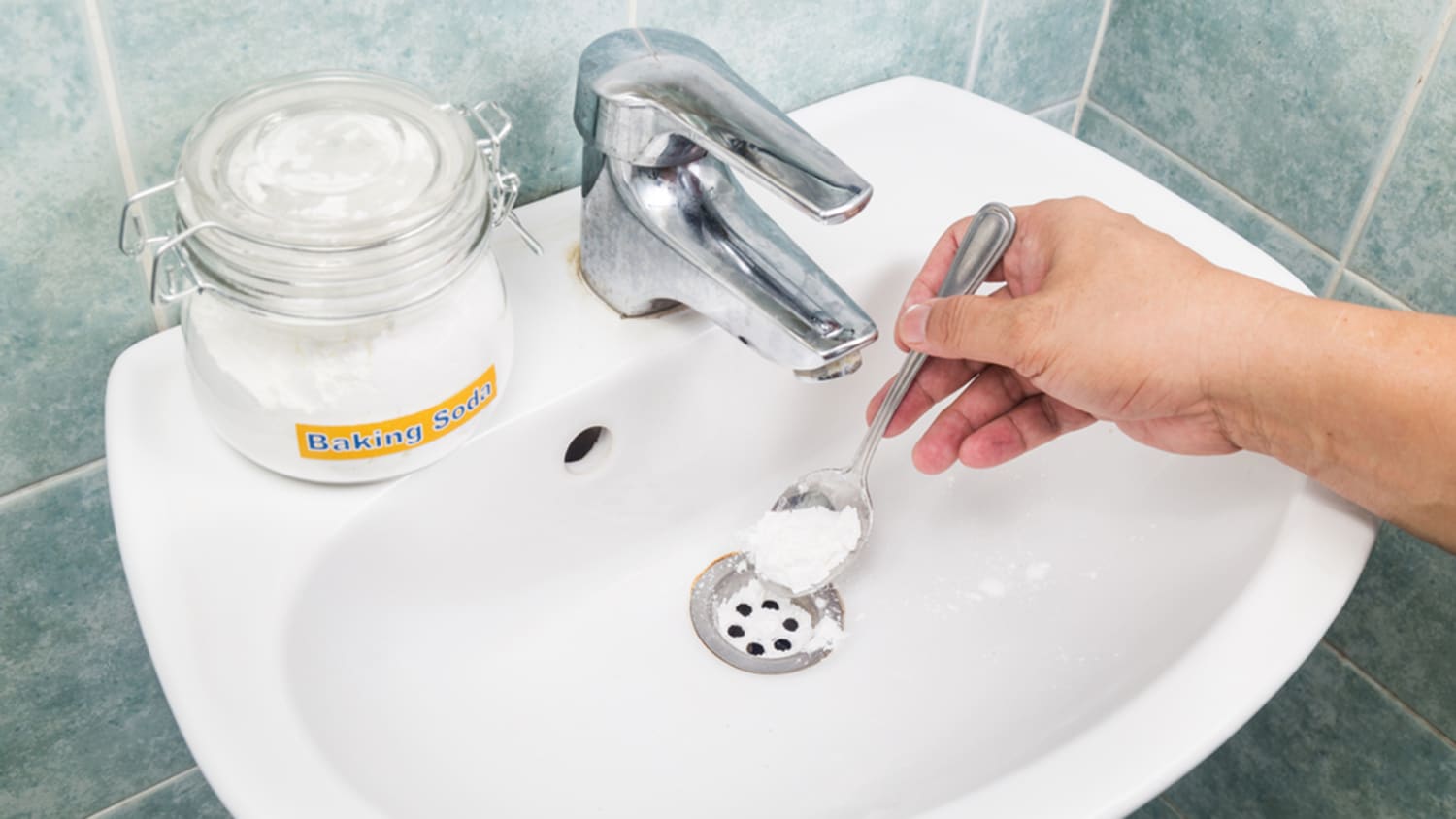


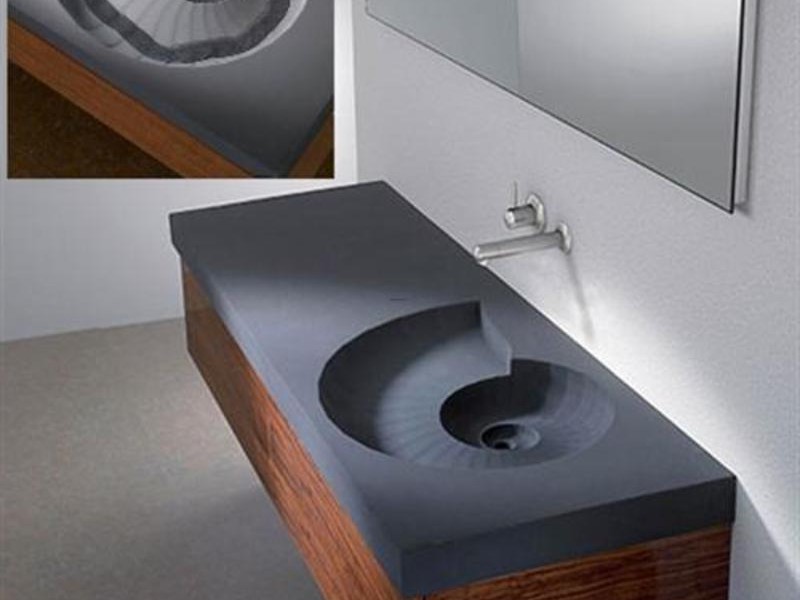


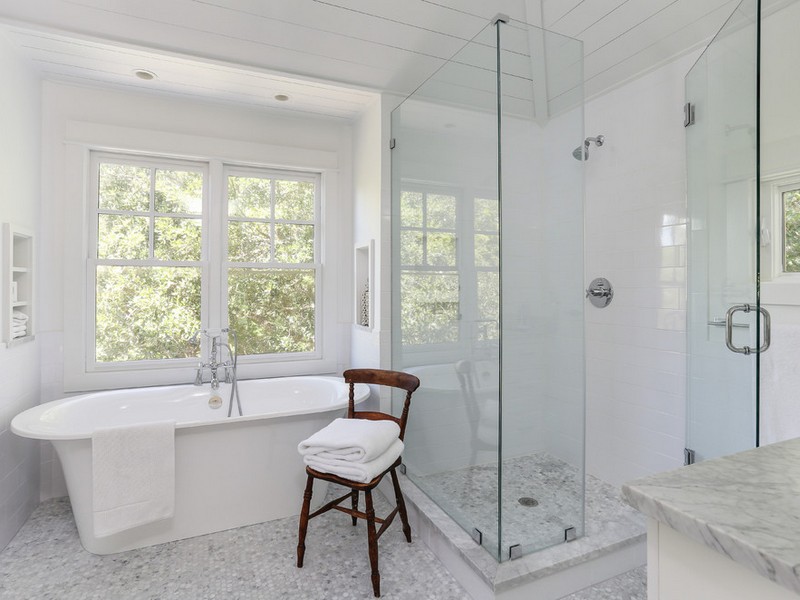




:max_bytes(150000):strip_icc()/woman-wearing-yellow-washing-up-gloves-to-unblock-sink-using-plunger-close-up-131987463-5887cfc03df78c2ccd92ec9e.jpg)


